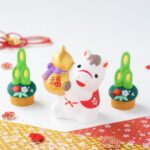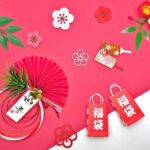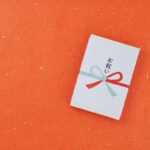
Japanese Honorifics: When to Use Them and Their Nuances
Honorifics play a significant role in Japanese communication, reflecting social relationships and levels of respect. They are added to names to indicate the nature of the relationship between the speaker and the person being referred to. In this blog post, we’ll explore some of the most commonly used Japanese honorifics, including さん (–san), くん (–kun), ちゃん (–chan), and more, and when it’s appropriate to use each of them.
さん (–San)
–San is the most common and versatile honorific in Japanese. It is a polite and respectful suffix used for people you are not closely familiar with or when you want to show a standard level of respect. It can be used for both men and women, regardless of their age.
When to Use:
- When addressing coworkers, neighbors, or acquaintances.
- When talking to someone in a professional or business setting.
- When speaking to someone you don’t know very well.
- To show politeness when you aren’t certain which honorific to use.
Nuance: –San conveys politeness and neutrality. It does not imply any close relationship, nor does it add any sense of endearment or familiarity.
くん (–Kun)
–Kun is primarily used for boys or young men, often by someone in a position of seniority or familiarity. It can be used in informal settings, especially by teachers to address male students or among male friends.
When to Use:
- When addressing male friends or classmates.
- Teachers or bosses may use it to address younger male students or junior male employees.
- It can also be used to address someone you feel close to, especially if they are younger or in a junior position.
Nuance: –Kun conveys a friendly, casual, and sometimes slightly authoritative tone. It’s a sign that the relationship is informal, often implying some familiarity or closeness.
ちゃん (–Chan)
–Chan is a term of endearment primarily used for young children, close friends, family members, or pets. It is an affectionate and diminutive honorific, which is often used for girls, but can also be used for boys in very casual and familiar settings.
When to Use:
- When talking to or about young children, regardless of gender.
- When addressing close female friends, especially if you have a longstanding or intimate friendship.
- When referring to family members like younger siblings.
- When talking to or about pets.
Nuance: –Chan is cute, affectionate, and conveys a sense of familiarity and closeness. Using –chan with someone you aren’t close with can come off as overly familiar, so it should be used carefully.
様 (–Sama)
–Sama is a highly respectful honorific that is used to show great deference. It is often used in formal settings or in customer service to address clients, customers, or important figures.
When to Use:
- When addressing customers or clients in a business setting.
- When referring to people of higher social status or authority.
- When showing deep respect, often in written communication.
Nuance: –Sama conveys the highest level of respect. Using it indicates a significant social distance or a highly respectful relationship.
先生 (–Sensei)
–Sensei is used for teachers, doctors, lawyers, and other professionals with specialized knowledge or skill. It shows respect for expertise.
When to Use:
- When addressing teachers, doctors, lawyers, or other experts.
- When addressing mentors or instructors in arts or sports.
Nuance: –Sensei is reserved for people who provide guidance or expertise. It carries a tone of both respect and acknowledgment of their role.
Summary
Choosing the correct honorific is crucial in Japanese as it can affect how the other person perceives you and the relationship. Whether you use さん to maintain politeness, くん or ちゃん to convey friendliness, or 様 to show the utmost respect, being mindful of these nuances is key to successful communication in Japan. Remember, Japanese honorifics aren’t just about language; they reflect cultural values like respect, hierarchy, and connection.





Leave Comment